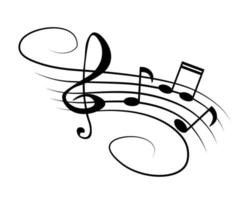Classical Conditioning of Neuromodulation with Synchronized Musical Stimulation
- Patent Pending
Transcranial Magnetic Stimulation (TMS) is a non-invasive neuromodulation treatment method and an FDA-cleared approach to stimulate the brain for treating depression, OCD, and smoking cessation (with many other clinical applications under investigation). A TMS system includes an electric pulse generator or stimulator that is connected to a magnetic coil that is connected to the scalp to generate a varying magnetic field via electromagnetic induction to cause an electric current at a specific area of the brain. TMS over the motor cortex, at sufficient machine power, can cause a thumb/hand movement. TMS treatments are nevertheless cumbersome to perform and are performed by trained technicians in a doctor’s office or clinic. There is a benefit to improving TMS treatments.
This innovation is a system to evoke or produce neurostimulation effects through music, using the principles of classical (or Pavlovian) conditioning. In classical conditioning the Unconditioned Stimulus (US) inherently produces an Unconditioned Response (UR); when the US is paired with a Conditioning Stimulus (CS), the CS alone subsequently produces a Conditioned Response (CR) that is similar to the UR. This invention involves a system to pair neurostimulation devices (US) with music (CS), for subsequent presentation of music alone. Neurostimulation may be achieved through invasive devices (e.g. peripheral nerve, spinal cord or brain stimulators) or non-invasive devices (e.g. transcutaneous nerve stimulators, transcranial brain stimulation such as electrical or Transcranial Magnetic Stimulation). Music elements may include speakers for audio output, instruments, somatic or tactile sensory outputs, or visual experiences. Music alone may be initiated "on demand”; or on a time or event-based schedule.


